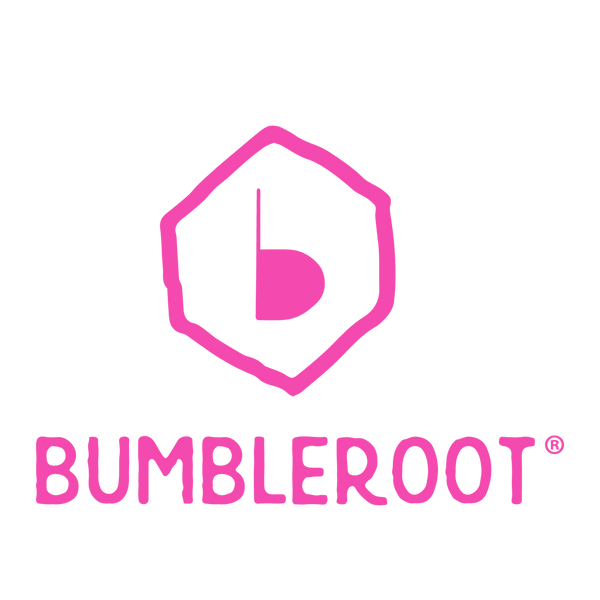Gardening for Beginners: A guest blog from Farmer Megan at Montana's Park County Farm to School Program
We love the work that our local Farm to School Program does and they have the most beautiful garden in our small town. So as we started thinking about starting a garden for the summer, we knew we needed to ask Farmer Megan for advice!

So, you’re thinking about growing some of your own food!? Way to go! There’s nothing quite like enjoying a meal made with ingredients you grew yourself. At Farm to School of Park County (F2SPC for short!) we are huge supporters of home gardening. As an organization, part of our mission is to teach children all about the foods they eat - how to grow them, to prepare them, and what foods are healthy for their bodies and the planet. And we have some good news for you; if a classroom of kindergarteners can do it - you can too!
If you want to start a garden, where do you begin? With seeds, of course! Here are some steps that will help you get going:

- Find that box of seeds that you didn’t use up last year and do a quick inventory! It’s best to know what seeds you already have so you can use up the older seeds first.
- Flip through a seed catalog or website and see what catches your eye. Make a list of everything you want to grow. You can narrow it down later!
- From your master list, pick out the crops that will do well in your climate. Most herbs will do well almost anywhere, but some crops like tomatoes and pumpkins need a long growing season.
- Decide which crops you will be direct seeding and which you will be transplanting. This will determine which seeds you should buy and which crops you’ll be growing from starts.
Alright, now we can get a little bit technical. What is direct seeding and what is transplanting? Direct seeding is when you put a seed straight into the soil in your garden. Transplanting is when you plant a plant that you either started indoors or bought at a nursery into your garden. Some crops should be direct seeded, while others will do better as transplants. You can find information on whether to direct seed or transplant a crop on the seed packet, and you can read more about transplanting and direct seeding here: "Grow So Happy" Direct Seed vs. Transplant.
Now that you know what you’ll be growing in your garden, I recommend spending some time planning your space. Start by making a sketch of your garden. If you are gardening with kids, this is a great time to involve them in the planning process! Your sketch can be a detailed, to-scale model, or it can be something more informal. Either way, this will help make your garden space feel tangible and less abstract. Here are some helpful hints for how to draw your garden.
Our final step in getting ready to garden is making sure you have the right tools. Don't worry: you don't have to have a huge suite of tools to get started as a gardener, but you do want to have the right tools on hand when the growing season starts. Here’s a list of my must-have garden tools:
- A good pair of gardening gloves - look for a pair that is comfortable and grippy!
- A sturdy trowel: You'll want a trowel with a comfortable handle, and I prefer a narrower trowel that's sharp-ish on the bottom because that's the most versatile. My favorite trowel is the transplant trowel from Johnny's Seeds, but you can find similar tools at most garden stores.
- Buckets: a five gallon bucket is a gardener's best friend! You can weed into them, you can harvest into them, you can fill them with water and wash your veggies in them, and you can even turn them upside down and sit on them. And when you're done, you can store all of your garden tools in your bucket.
- A high quality nozzle for your hose: You can decide if you want an adjustable nozzle or not, but either way, a nozzle that waters evenly and lasts more than one season is a must-have.
- A sharp pair of snips: These are great for harvesting, cutting flowers, spring clean-up, pruning tomatoes, and about a billion other garden tasks. I like these best: Tomato Shears.
Having a home garden can be so much fun and so rewarding! If you’re new to gardening, it will require some trial and error to find what you enjoy growing and what does well in your space. Enjoy the process. Our home gardens give us a way to spend time outside, they connect us to the changing seasons, and we love knowing exactly where our food is coming from. We can grow our own foods sustainably, and if we are lucky, we can even share our bounty with the community!
Megan has been farming and gardening for nine years. She has worked extensively on organic farms in the Northeast and in Montana and has completed the Level 1 Montana Master Gardener course. She now manages Farm to School's learning gardens and a small urban farm. Her favorite crop to grow is tomatoes!

Want to learn more about Farm to School Park County and the important work they do getting kids excited about growing food and providing healthy school lunches? Learn more HERE.
You can support their great programs by Donating Today. Even a small amount can make a big difference!

